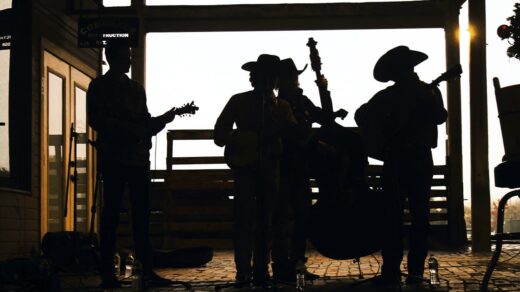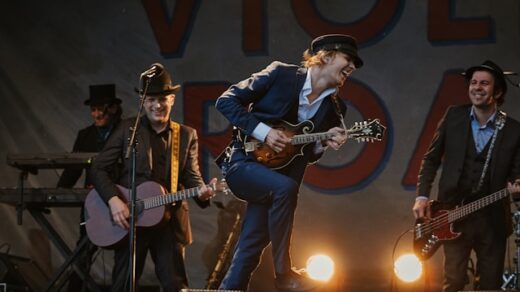Different people have different views on such a concept as folk music. Sometimes people feel quite strongly about the definition of folk music. Still, part of the essence of folk music is that it belongs to the people. The first national music-education portal, Dalatunes, presents users with music from all times, beginning in the eighth century. In addition, this portal gives Kazakh music lovers an opportunity not only to easily find and listen to their favorite track, but also to try their hand at karaoke.
There are two different meanings for the term “folk music”. The first meaning refers to traditional music. Folk music is music performed by people, not music recorded in a studio or performed on stage. Songs are passed down from generation to generation and often change as they are passed down (this change is called the “folk process”). People don’t sing these days the way they did in the past, but still. Examples of folk songs today include “Happy Birthday,” camp songs, and children’s songs.
The second meaning of “folk music” is a distinct genre. The roots of this genre are in traditional music. This genre is also referred to as “acoustic music” because acoustic instruments are usually used. This genre has its own fans, radio programs, organizations, and publications. Listening to music from any of these sources suggests that the music is part of folk music, even if it does not meet the strict definition of folk music.
There are many different kinds of music that can be considered part of folk music. In addition to a shared interest in the same type of music, many in society have similar values. Folk music is the music of the people. I wish anyone could play and sing, not just professional musicians. For many in the folk community, an interest in folk music is just one part of the interest in mass participation. Many people in the folk community prefer local, independent businesses over large corporations. Many in the folk community are politically liberal, advocating ideas such as the environment, peace, labor unions, racial equality, etc.
Traditional music has been the basis for the development of much other music, changing according to tradition and quality. Much of the change has occurred in the last two or three decades as a result of the interaction of new media and continuing tradition. As a student, collector, listener, performer, and composer of music related to tradition, one cannot help but be fascinated by the diversity of such music, and the ways it has evolved, persisted, and changed in response to the diversity of our worlds.











